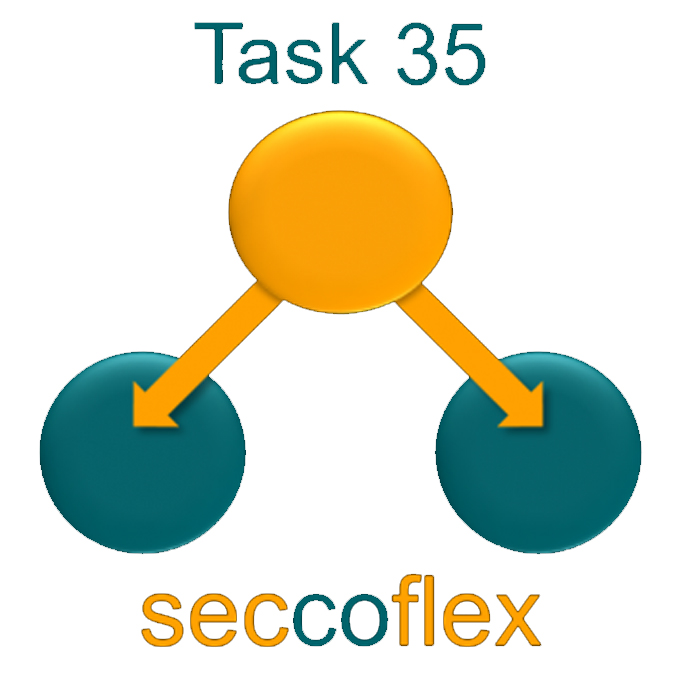Project Period
2019 – 2022
Objective
The project is supported by EUDP with the purpose of making investigations and analyses as the Danish contribution to IEA’s Annex 35 under the Technology collaboration platform, ECES (Energy Conservation through Energy Storage).
Annex 35 will focus on identification of the most promising energy storage configurations (technically and economically), which could allow for an efficiency coupling between an electricity sector characterized by a high share of renewable energy sources (RES) and the sectors of heating/cooling and transport. This coupling is the base for a smart energy system, where the integration and coordination of different sectors achieve an optimal solution not only for each individual sector, but also for the overall energy system.
The Annex 35 project is very relevant in the context of the future energy system in Denmark, as well as in other countries. In Denmark the share of fluctuating RES (wind, PV) in the energy mix has been rapidly increasing in the last years and this development is expected to continue in the future. In the long term, Denmark aims at becoming completely CO2 neutral by 2050. The integration of an increasingly large share of renewable electricity in the energy system can be achieved in different ways, such as interconnections with other countries, demand-side management, electrification of other energy sectors, energy conversion and energy storage. Interconnections with neighboring countries are only part of a solution in the long run, if also these countries reach high share of fluctuating renewable electricity. Additionally, interconnections are expensive and make the national electricity system more dependent on other countries. Demand-side management can offer a very economical solution, but its potential is limited.
Based on this – and supported by the results of the IEA ECES Annex 28 – it was decided within Annex 35 to focus on the potential offered by sector coupling through energy conversion and storage.
Results and perspectives
There are not yet any concrete results of the project, but that is expected to come during the coming year. PlanEnergi is responsible for some deliverables, which will be made available here when they are published.
Key PlanEnergi activities
PlanEnergi participates as lead for Subtask 4 which has a focus to identify potentials in a national energy system perspective. This work will be based on inputs from the three other subtask; 1) Concept development and definitions, 2) Overview of technologies and configurations and 3) Energy system potentials with a local energy system perspective. PlanEnergi contributes primarily in Subtask 4 but also in the other subtasks.
The work in Subtask 4 will contain a definition of system boundaries and central assumption, choice of cases and reference models, specific energy system analyses and result in recommendations regarding political, scientific and development conditions. For the analytical work, a point of departure will be taken in models developed in the Heat Roadmap Europe, where the simulation tool EnergyPLAN will be utilized.



